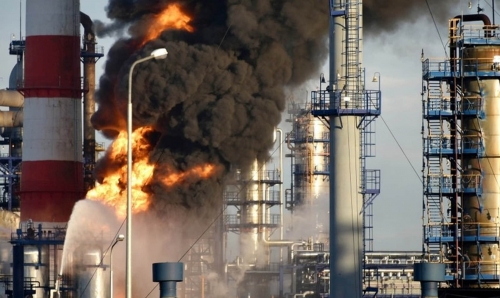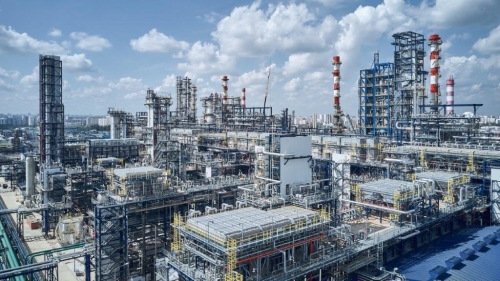The Libyan crude oil pipeline blown up on Tuesday will take about a week to repair, the chairman of Libya’s National Oil Corporation (NOC) said on Wednesday.
On Tuesday, an explosion on the Zaggut to Es Sider oil pipeline in eastern Libya occurred, NOC has confirmed. The pipeline transports crude oil to Libya’s largest oil export terminal, Es Sider. Although the pipeline operator, Waha Oil Company, immediately diverted production to another pipeline, NOC expects production losses of 70,000 bpd to 100,000 bpd, Libya’s state oil corporation said on Tuesday.
The news of the Libyan oil pipeline blast sent WTI briefly above $60 a barrel on Wednesday.
Also on Wednesday, NOC’s chairman Mustafa Sanalla told Reuters in a written reply to questions that “It is estimated that the repair will take about one week from today.”
“This will not have a major effect in the marketing program, only a little change,” Sanalla noted.
As of Wednesday, crude oil cargoes at Es Sider were loading as usual, trading sources told Platts. There is a lot of oil in stock at the port, and immediate delays are unlikely, a Mediterranean sweet crude trader said.
“Production is reduced but we haven’t heard yet about how it will affect January loadings,” the trader told Platts.
Then, Libya's aggregate unrefined petroleum creation plunged to 950,000 bpd on Wednesday, down from 1.08 million bpd as of December 18, a man with coordinate information of the issue told Bloomberg.
In spite of the fact that Libya has consented to top its 2018 oil generation at the 2017 levels as a feature of its commitment to the OPEC creation cut settlement, the nation has been attempting to raise its generation essentially over 1 million bpd—the level it achieved this late spring, out of the blue since 2013.
This fall, a few blackouts at Libya's greatest oil field, Sharara, kept more than 230,000 bpd off the oil showcase for periods running from two or three days to two weeks.

%20(1).png)



